The New Citizens Movement should not have been a big deal – a loosely organized group of activists campaigning against corruption and for “constitutionally protected rights” in China. Xu Zhiyong, a PhD from the Peking University Law School, was one of the leaders.
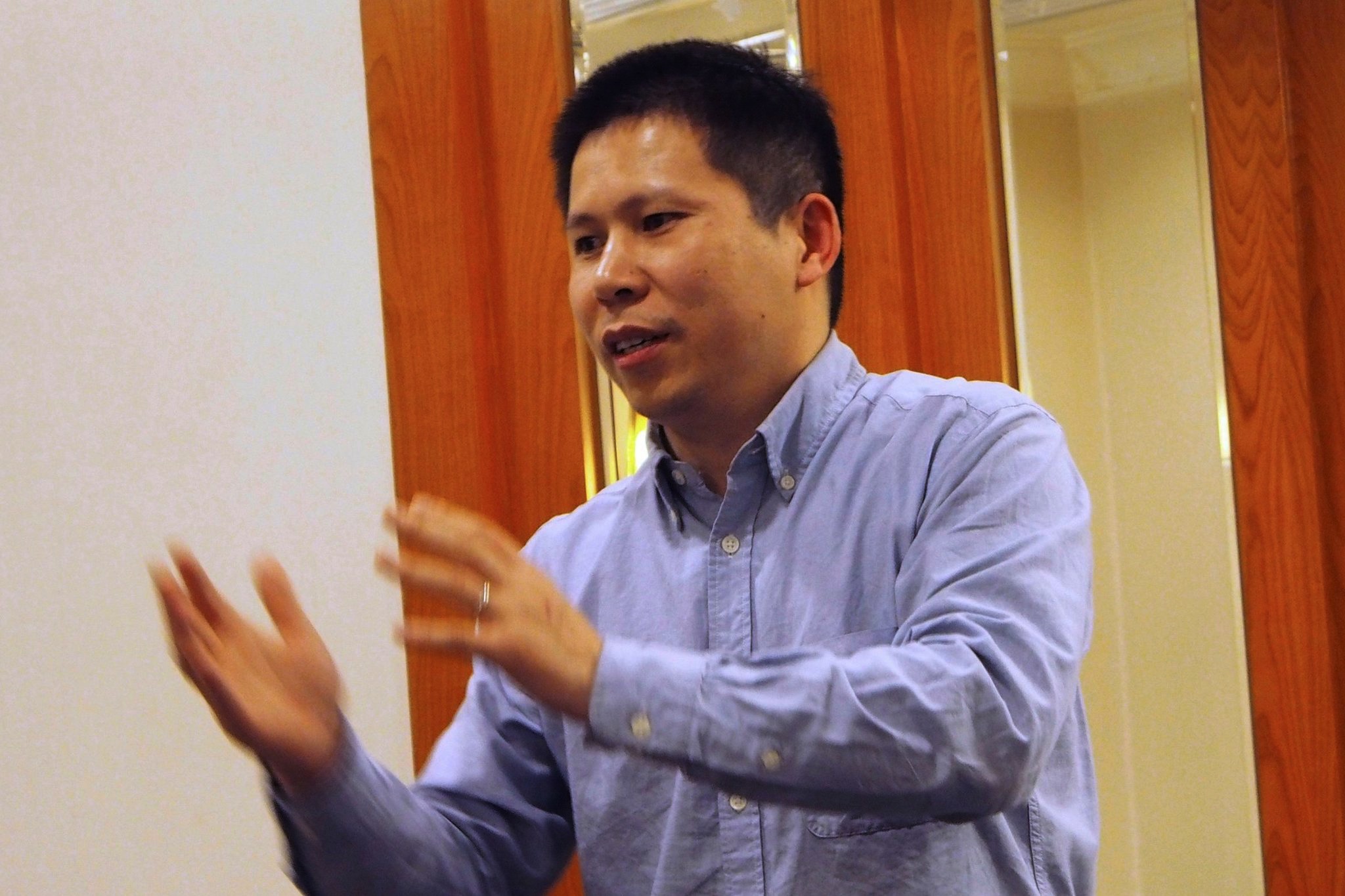 Xu Zhiyong, shortly before arrest Xu Zhiyong speaking at a meeting in Beijing in March, 2013, shortly before his arrest
Xu Zhiyong, shortly before arrest Xu Zhiyong speaking at a meeting in Beijing in March, 2013, shortly before his arrest
And since Xi Jinping has made anticorruption a key part of purifying the CCP and the Chinese people, one might think that such a citizen’s movement would be welcomed. A group advocating for what is already in the Chinese Constitution – equality before the law, the right to vote, freedom of speech, freedom of the press, freedom of assembly – should be innocuous.
One would be wrong. One must remember the fundamental rule of any authoritarian government – the leader determines the truth, the leader determines right and wrong, and only the leader can lead the people. Any attempt by citizens to “contribute,” particularly if organized, can only be anathema. Any organization – any civil society organization – that intends to compete with the government must be destroyed as an enemy of the state. There cannot be any organization that intends to stand between the state and the individual.
When Xi came to power, some western observers questioned whether Xi would be a reformer, continuing more or less down the path opened by Deng Xiaoping. The answer by now, in 2018, is certainly clear – CCP members talk (not openly) about a return to the days of the Cultural Revolution, when fear and terror worked among colleagues, friends, and family members to expose the slightest hint of political deviation from Mao Zedong Thought. Students recording and reporting on teachers, Chill and fear in the classroom, colleagues evening old scores by reporting someone to the jiwei, without evidence. (This latter was in my direct experience. More on that in a future post).
But the Xi path might have been clear when Xi gave his first speech to the press, following his election at the end of the 18th Party Congress in November, 2012 Xi’s first speech after elevation. He outlined his agenda in stamping out corruption and taking China to a leadership position internationally. No one – not even CCP members – knew then how the agenda would be implemented. Now we all know.
The crackdown on any dissension from the path of Xi began with arrests of the New Citizens Movement leaders, in April, 2013. Simultaneously came the infamous Document No. 9, a warning from the CCP Central Committee General Office to CCP members about the seven deadly western sins seeking to destroy CCP and China. This document, only available for a short time online before being “harmonized,” as they say, telegraphed the entire Xi Jinping crackdown on speech, civil society, a free press, and freedom of assembly. It is not subtle.
As you know, there have been many detentions and prison sentences for human rights lawyers, dissidents, artists, academics, and anyone expressing dissatisfaction, or worse, with CCP and the CCP path as defined by Xi Jinping. A couple more examples, after the destruction of the New Citizens Movement –
In July, 2015 Wang Yu, a commercial attorney turned civil rights advocate, was seized. She had been representing six schoolgirls who were abused by a school principal. Wang Yu The seven minute video at this site is worth watching. Wang Yu interview Her son, Bao Zhuoxuan, was not permitted to leave Tianjin last year (2017) to attend college in Australia. The government told her son that he was a national security threat, and mutilated his passport Family responsibility This is just like ancient China – one guilty person convicts the whole family. After a forced confession of her sins, Wang will remain under surveillance for years, with little or no access to friends and family, perhaps the rest of her life.
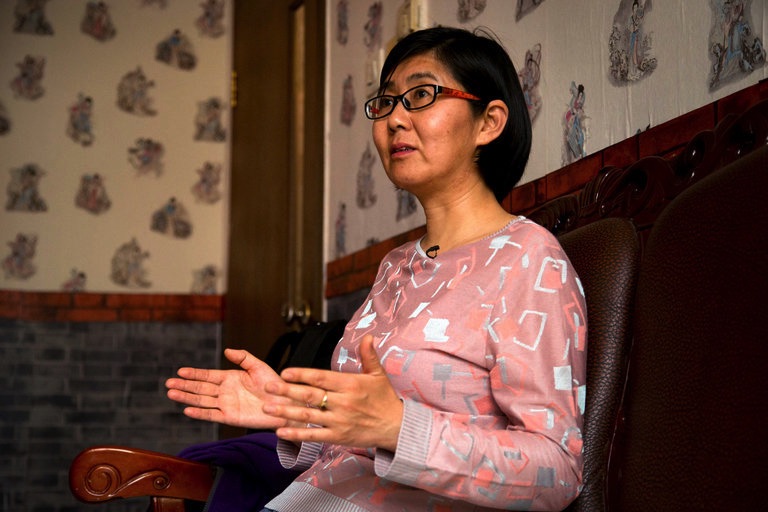 Wang Yu Source: New York Times
Wang Yu Source: New York Times
I have CCP colleagues, or friends of colleagues in China, who are bereft at the moral quandary they now find themselves in. They are forbidden to tell the truth, or say what they think – they know the truth, or what is right, or what is the law; and they are required to obey to do otherwise.
What I want to do in this post is (briefly) review three documents – the Chinese Constitution, the advocacy of the New Citizen’s Movement, and the threats of Document No. 9. This is a blog, not an essay, so I will let the reader do most of the work here. But the reading is not long, and the distinctions clear. The role of the New Citizens Movement, and others like it, in stimulating repression is quite clear. It is as if Document No. 9 is responding directly to the perceived threat of the New Citizen’s Movement, even though the New Citizen Movement is not calling for anything that isn’t already in the Chinese Constitution.
First, the Chinese Constitution, occasionally modified but generally intact since the 1982 major rewriting. Chapter II describes the fundamental rights and duties of citizens –
Article 33 All persons holding the nationality of the People’s Republic of China are citizens of the People’s Republic of China.
All citizens of the People’s Republic of China are equal before the law.
The State respects and preserves human rights …
Article 34 All citizens of the People’s Republic of China who have reached the age of 18 have the right to vote and stand for election, regardless of ethnic status, race, sex, occupation, family background, religious belief, education, property status or length of residence, except persons deprived of political rights according to law.
Article 35 Citizens of the People’s Republic of China enjoy freedom of speech, of the press, of assembly, of association, of procession and of demonstration.
Article 36 Citizens of the People’s Republic of China enjoy freedom of religious belief.
No State organ, public organization or individual may compel citizens to believe in, or not to believe in, any religion; nor may they discriminate against citizens who believe in, or do not believe in, any religion.
The State protects normal religious activities. No one may make use of religion to engage in activities that disrupt public order, impair the health of citizens or interfere with the educational system of the State.
Religious bodies and religious affairs are not subject to any foreign domination.
Article 37 Freedom of the person of citizens of the People’s Republic of China is inviolable.
No citizen may be arrested except with the approval or by decision of a people’s procuratorate or by decision of a people’s court, and arrests must be made by a public security organ.
Unlawful detention or deprivation or restriction of citizens’ freedom of the person by other means is prohibited, and unlawful search of the person of citizens is prohibited. …
Article 40 Freedom and privacy of correspondence of citizens of the People’s Republic of China are protected by law. No organization or individual may, on any ground, infringe upon citizens’ freedom and privacy of correspondence, except in cases where, to meet the needs of State security or of criminal investigation, public security or procuratorial organs are permitted to censor correspondence in accordance with the procedures prescribed by law.
Article 41 Citizens of the People’s Republic of China have the right to criticize and make suggestions regarding any State organ or functionary. Citizens have the right to make to relevant State organs complaints or charges against, or exposures of, any State organ or functionary for violation of law or dereliction of duty; but fabrication or distortion of facts for purposes of libel or false incrimination is prohibited.
Wow. Sounds pretty reasonable.
Second, the mission of the New Citizen’s Movement, as described by Xu Zhiyong in May of 2012, concurrent with the rise of Xi. Following this one-sentence mission statement are several paragraphs describing what individual Chinese can do to further the movement. To us, nothing sounds very subversive –
The goal of the New Citizens’ Movement is a free China ruled by democracy and law, a just and happy civil society with “freedom, righteousness, love” as the new national spirit. Xu Zhiyong’s controversial essay
To push forward the New Citizens’ Movement, the New Citizen can:
Disseminate the New Citizen Spirit: Explain the “freedom, righteousness, and love” of the New Citizen Spirit by way of online posts, street fliers, t-shirt slogans, and any other method of spreading the New Citizen Spirit. The New Citizen Spirit must appear on the Internet, flourish in the streets, and, most of all, take root in the deepest part in our hearts.
Practice New Citizen Responsibility: Promise to practice New Citizen Responsibility, stand fast to New Citizen behavioral standards, reject corruption in one’s life, reject the practice of seeking private gain at the expense of the public, be loyal to good conscience and do not actively do evil, do good service for society, and mutually supervise one another to carry out this promise. The New Citizen Spirit is the spirit of commitment, sacrificing one’s profit to be an example, to maintain good conscience and righteousness, up until righteousness exists all over the Chinese nation.
Use the “Citizen” sign or other identifying methods: Citizens design their own “Citizen” insignias, and strengthen their own Citizen status and self-affirmation by wearing the insignias in everyday life.
Participate in civic life: Hold regular mealtime talks, discuss current political situation, pay close attention to people’s livelihood, care for public service as well as public policy, help the weak, serve society, promulgate fairness and justice. Every place has a group of modern citizens. Everybody needs to group together for society to progress. Unity begins with acquaintance.
Unite to share labor and coordinate work. Repost messages, file lawsuits, photograph everyday injustices, wear t-shirts with slogans, witness everyday events [specifically referring to the phenomenon of standing in a circle around someone causing a scene to witness it], participate or openly refuse to participate in elections, transcribe [things that you see happen], hold gatherings or marches or demonstrations, do performance art, and use other methods in order to jointly promote citizens’ rights movements and citizens’ non-cooperation campaigns—such as assets reporting, openness of information, opposition to corruption, opposition to housing registration stratification, freedom of beliefs, freedom of speech, and the right of election. Practice the New Citizen Spirit in action. Citizens’ power grows in the citizens’ movement.
Xu Zhiyong and other leaders of the New Citizens Movement were arrested in 2013 and sentenced to prison. Xu was released last year, in 2017. China Change offered a translation of his “return from captivity” post in September of 2018. Xu Zhiyong returns A short YouTube video explains his plans, now that he has been released from prison – Xu Zhiyong video on plans
The New Citizen Movement promoted following the language of the Chinese Constitution (see above) although not many Chinese have ever seen their constitution or knew that it existed. But now you can understand why “constitutionalism” was denounced by CCP as dangerous. Following the rule of law (as suggested in the Chinese Constitution) would mean that CCP members were subject to the same laws as ordinary citizens, and that just could not be permitted. And read the New Citizen Movement tasks listed above. The denunciations of western evils in Document No. 9 – free speech, free press, civil society – are all right there in the New Citizens Movement manifesto. With Document No. 9, it is as if Xi Jinping is responding to the New Citizens’ Movement directly.
It didn’t help that Xu was also promoting transparency about the fabulous family wealth of Wen Jiabao and Xi Jinping, reported by the New York Times and Bloomberg, respectively, in the summer and fall of 2012. Today, the NYT and Bloomberg are both still banned in China.
Third, the infamous Document No. 9 – Compare the goals of the New Citizens Movement, and their program of advocacy, with the warnings in the now infamous Document No. 9 (below), from the spring of 2013, warning CCP members against any tolerance of the western evils attempting to destroy China. The New Citizens’ Movement was by no means the only civil society group working for change in China, but you can see clearly the relationship between the goals and advocacy of direct action by the NCM and the warnings in Document No. 9. The document warns against
“constitutionalism, civil society, “nihilistic” views of history, “universal values,” and the promotion of “the West’s view of media.” It also called on Party members to strengthen their resistance to “infiltration” by outside ideas, renew their commitment to work “in the ideological sphere,” and to handle with renewed vigilance all ideas, institutions, and people deemed threatening to unilateral Party rule.” (Introduction at China File translation)
Document No. 9 appeared on April 22, 2013, a few months after the NCM manifesto and a few months after the ascension of Xi Jinping, before being deleted internally. I edit the following language from Document No. 9 liberally, providing only pertinent language on all seven of the deadly western sins, but the entirely is available at The Infamous Document No. 9
The document is addressed to leaders, including those in the Party Committees of private businesses, probably at a senior mid-level ranking or higher. Members are warned to resist and oppose –
- Promoting Western Constitutional Democracy: An attempt to undermine the current leadership and the socialism with Chinese characteristics system of governance.
- Promoting “universal values” in an attempt to weaken the theoretical foundations of the Party’s leadership.
…
The goal of espousing “universal values” is to claim that the West’s value system defies time and space, transcends nation and class, and applies to all humanity.
This is mainly expressed in the following ways: [The people who espouse universal values] believe Western freedom, democracy, and human rights are universal and eternal. This is evident in their distortion of the Party’s own promotion of democracy, freedom, equality, justice, rule of law, and other such values; their claim that the CCP’s acceptance of universal values is a victory for universal values,” that “the West’s values are the prevailing norm for all human civilization,” that “only when China accepts Western values will it have a future,” and that “Reform and Opening is just a process of gradually accepting universal rights.”
- Promoting civil society in an attempt to dismantle the ruling party’s social foundation.
…
Promoting civil society and Western-style theories of governance, they claim that building a civil society in China is a precondition for the protection of individual rights and forms the basis for the realization of constitutional democracy. Viewing civil society as a magic bullet for advancing social management at the local level, they have launched all kinds of so-called citizen’s movements.
Advocates of civil society want to squeeze the Party out of leadership of the masses at the local level, even setting the Party against the masses, to the point that their advocacy is becoming a serious form of political opposition.
- Promoting Neoliberalism, attempting to change China’s Basic Economic System.
- Promoting the West’s idea of journalism, challenging China’s principle that the media and publishing system should be subject to Party discipline.
…
Defining the media as “society’s public instrument” and as the “Fourth Estate;” attacking the Marxist view of news and promote the “free flow of information on the Internet;” slandering our country’s efforts to improve Internet management by calling them a crackdown on the Internet; claiming that the media is not governed by the rule of law but by the arbitrary will of the leadership; and calling for China to promulgate a Media Law based on Western principles. [Some people] also claim that China restricts freedom of the press and bang on about abolishing propaganda departments. The ultimate goal of advocating the West’s view of the media is to hawk the principle of abstract and absolute freedom of press, oppose the Party’s leadership in the media, and gouge an opening through which to infiltrate our ideology.
- Promoting historical nihilism, trying to undermine the history of the CCP and of New China.
- Questioning Reform and Opening and the socialist nature of socialism with Chinese characteristics.
…
These mistaken views and ideas exist in great numbers in overseas media and reactionary publications. They penetrate China through the Internet and underground channels and they are disseminated on domestic Internet forums, blogs, and microblogs, They also appear in public lectures, seminars, university classrooms, class discussion forums, civilian study groups, and individual publications. If we allow any of these ideas to spread, they will disturb people’s existing consensus on important issues like which flag to raise, which road to take, which goals to pursue, etc., and this will disrupt our nation’s stable progress on reform and development.
Western anti-China forces and internal “dissidents” are still actively trying to infiltrate China’s ideological sphere and challenge our mainstream ideology. Some of their latest major efforts include: Some people have disseminated open letters and declarations and have organized petition-signings to vocalize requests for political reforms, improvement of human rights, release of “political prisoners,” “reversing the verdict on ‘6/4’[the Tiananmen Massacre],” and other such political demands; they have made a fuss over asset disclosure by officials, fighting corruption with the Internet, media supervision of government, and other sensitive hot-button issues, all of which stoke dissatisfaction with the Party and government. Western embassies, consulates, media operations, and NGOs operating inside China under various covers are spreading Western ideas and values and are cultivating so-called “anti-government forces.” Cooking up anti-government publications overseas. Within China’s borders, some private organizations are creating reactionary underground publications, and still others are filming documentaries on sensitive subject matter, disseminating political rumors, and defaming the party and the national leadership.
Quite a mandate.
I described the quandary for American businesses in No Way Out. But that is a quandary about profits and operations. For CCP members, and rights lawyers, and journalists, and academics, and dissidents, the quandary is much more personal, about moral choices and family preservation, and threats to life and livelihood. It is No Way Out at a different level of salience.
A little more on attorney detentions, disappearances, prison terms, threats, and torture –
Arrest of more than 200 civil rights lawyers followed in July, 2015 (the 709 incident). 200 lawyers detained – the 709 incident
Description of 14 more lawyer cases –
14 Cases Exemplify the Role Played by Lawyers in the Rights Defense Movement, 2003–2015 By Yaxue Cao and Yaqiu Wang. China Change, August 19, 2015
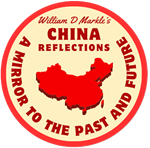
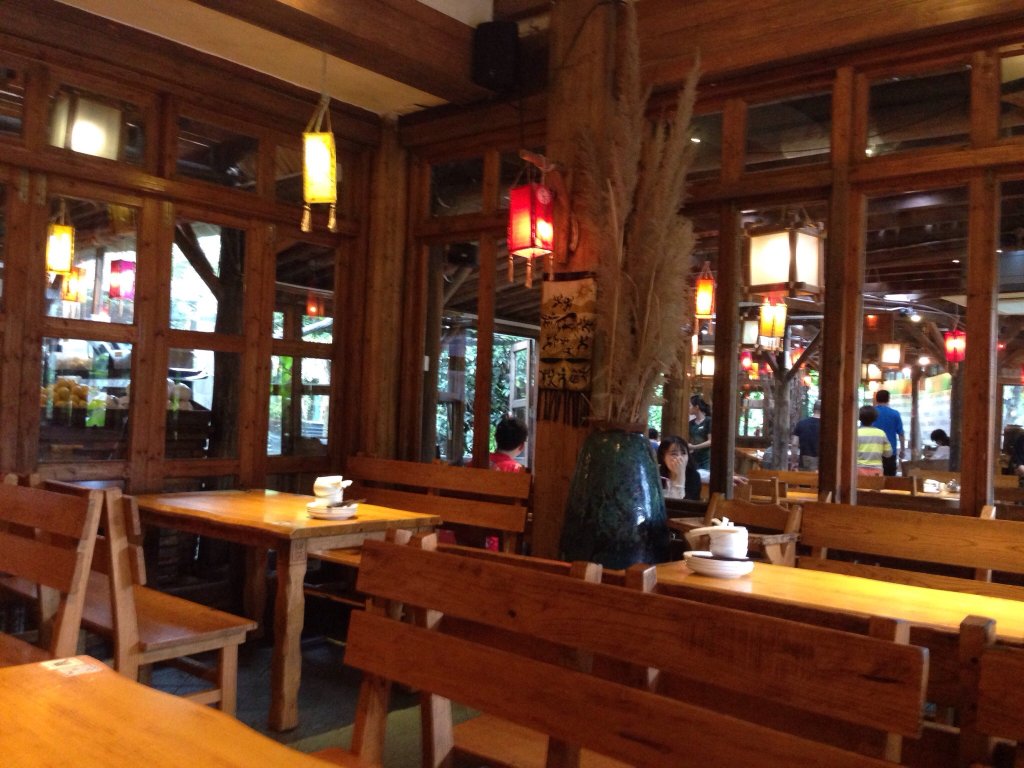
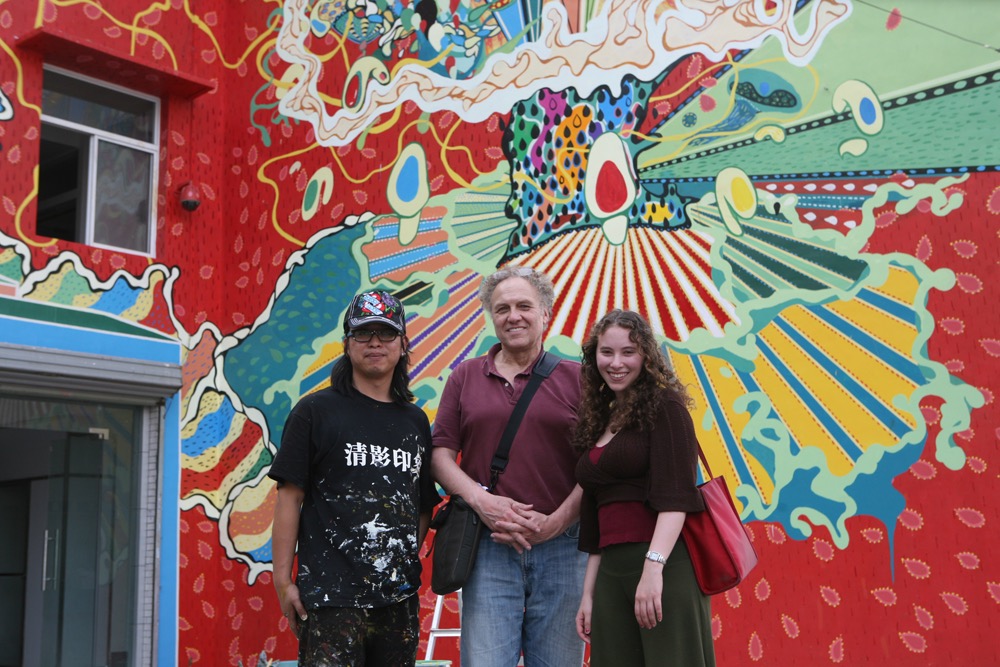 Chen dongfan, the author, and Brenna, my daughter – May, 2011
Chen dongfan, the author, and Brenna, my daughter – May, 2011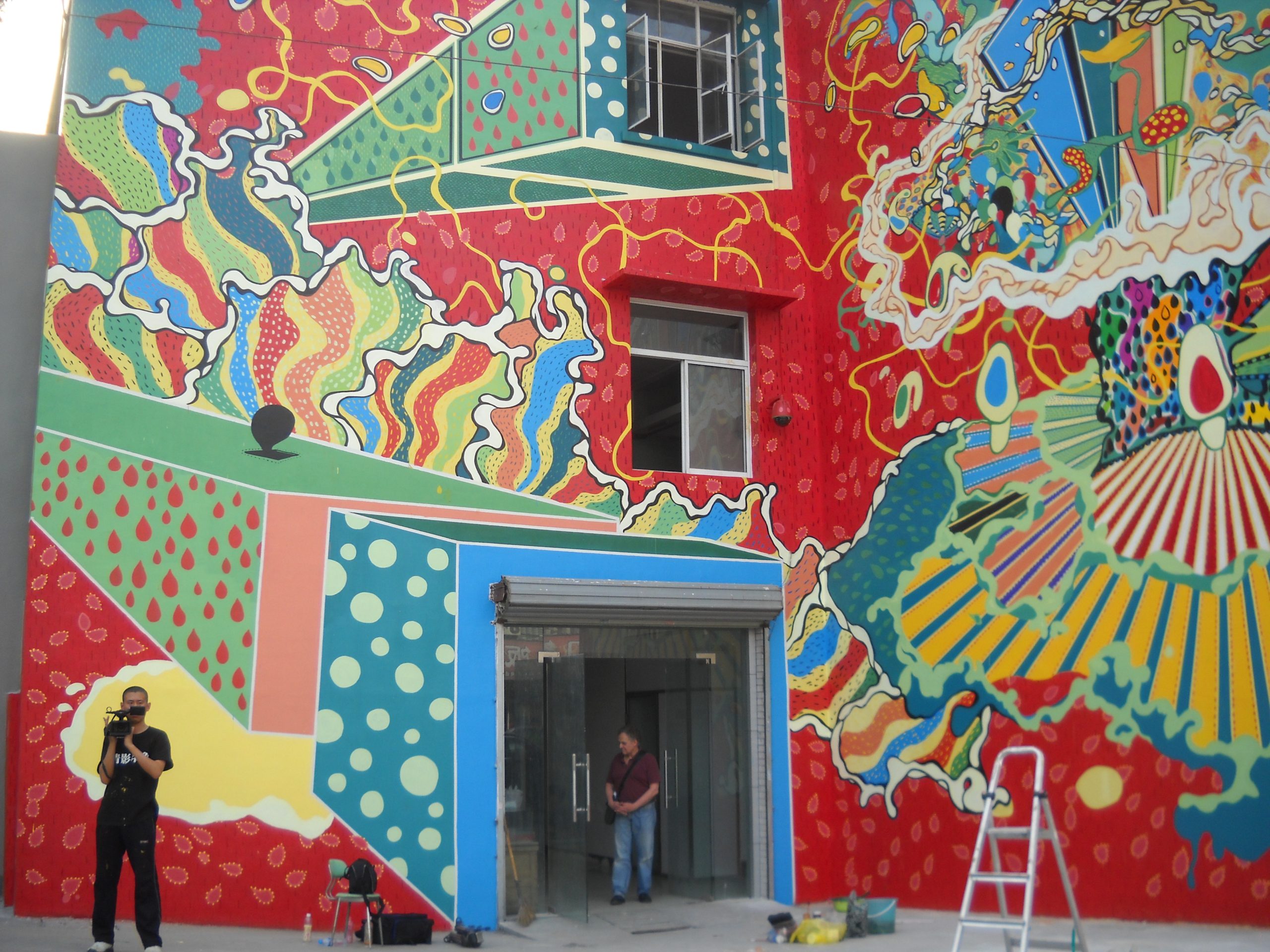
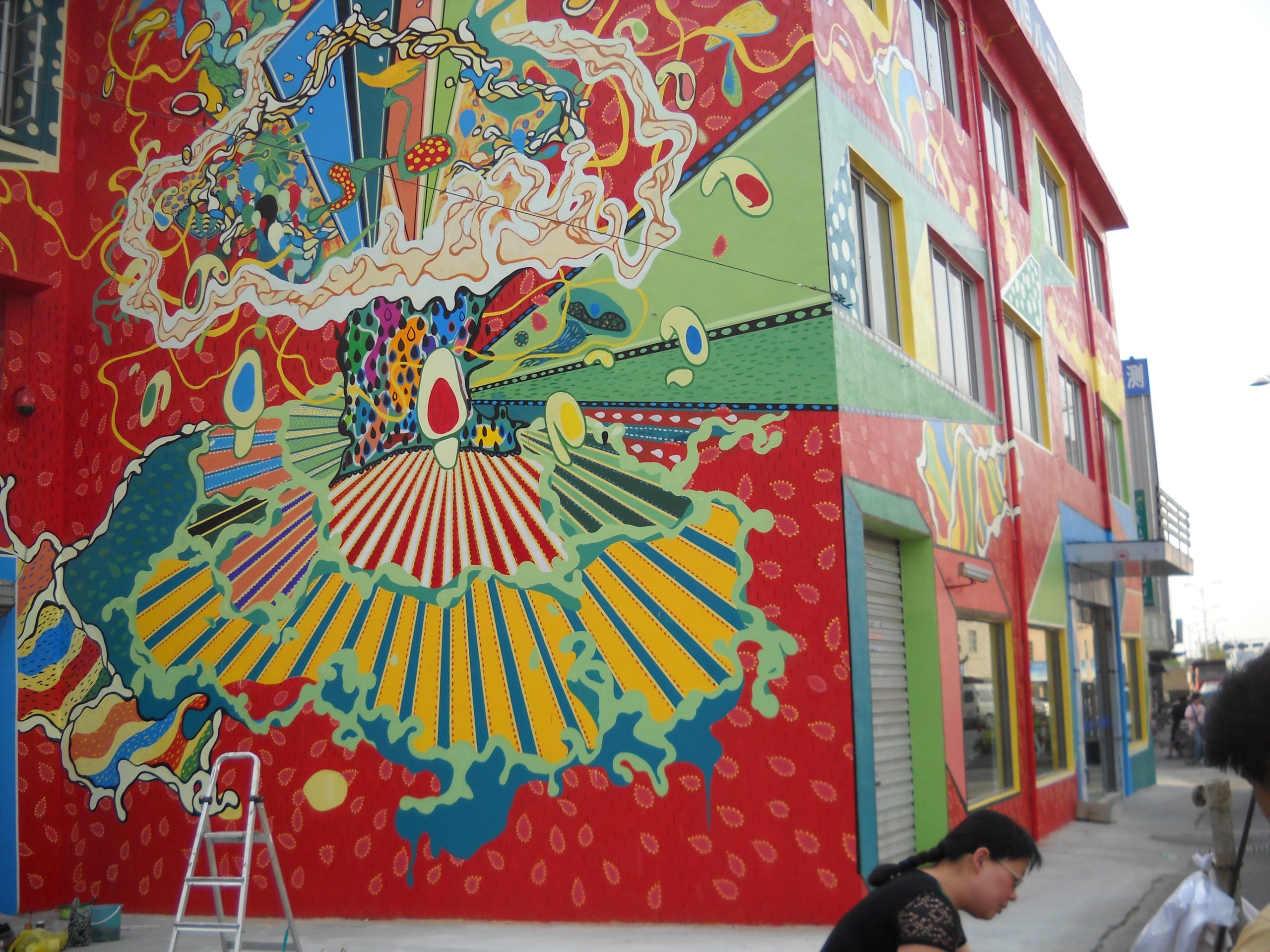
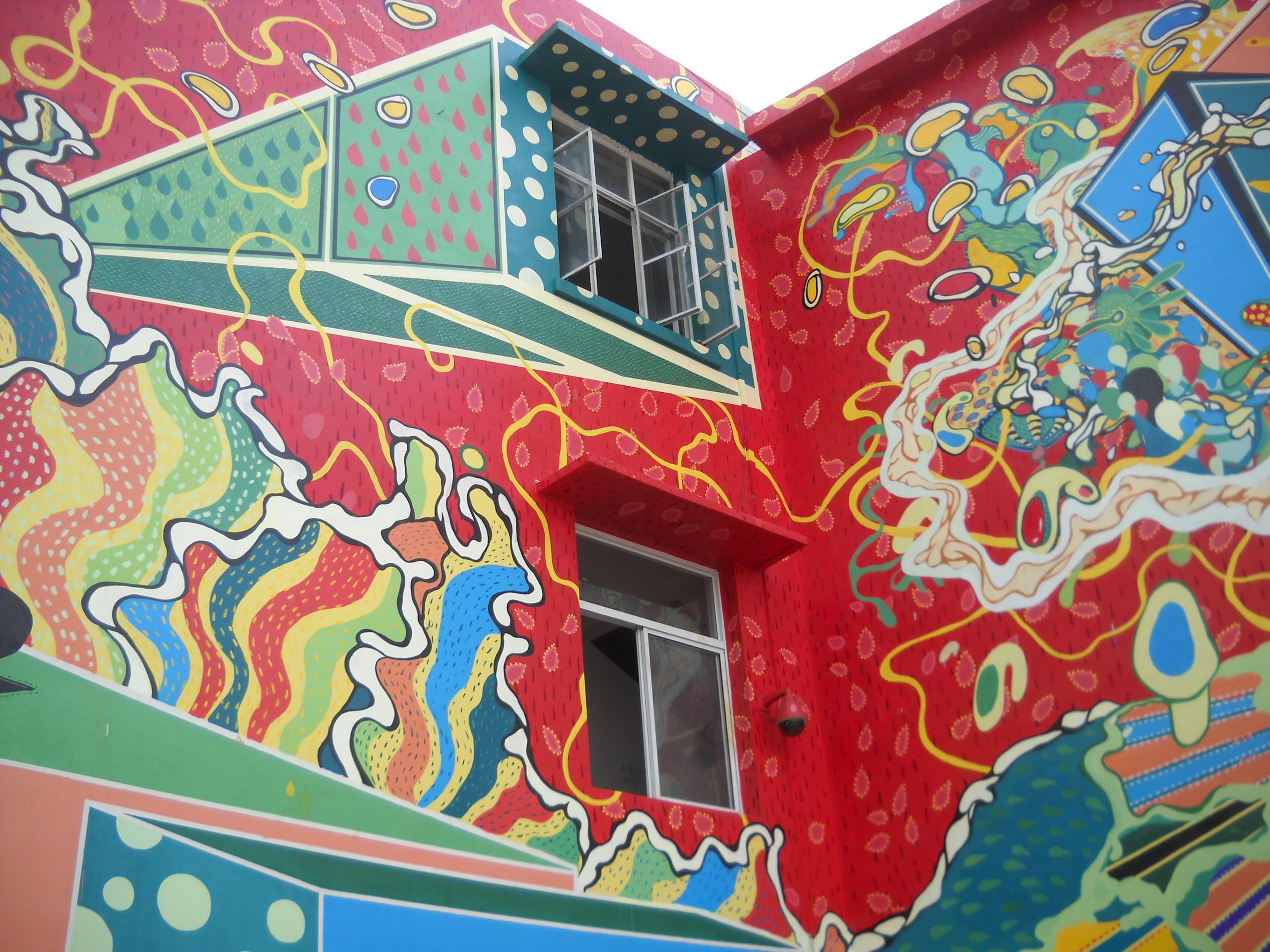
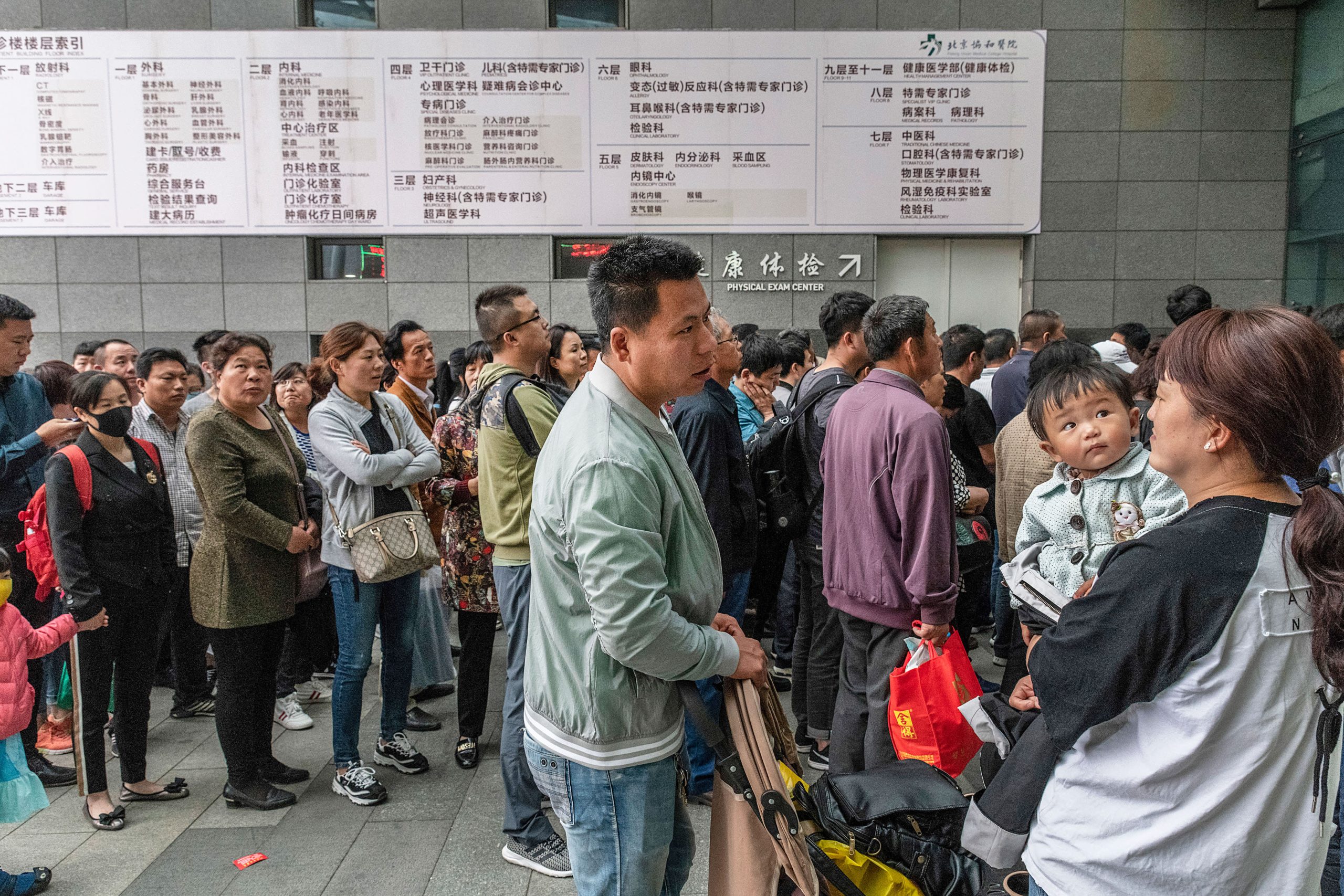 Source: Gilles Sabrié, The New York Times at
Source: Gilles Sabrié, The New York Times at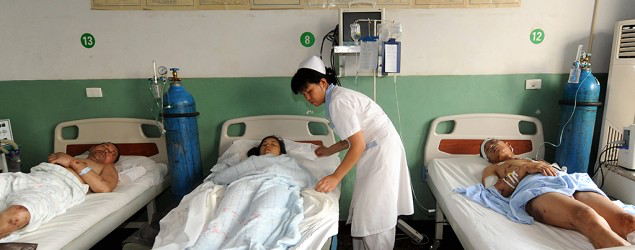
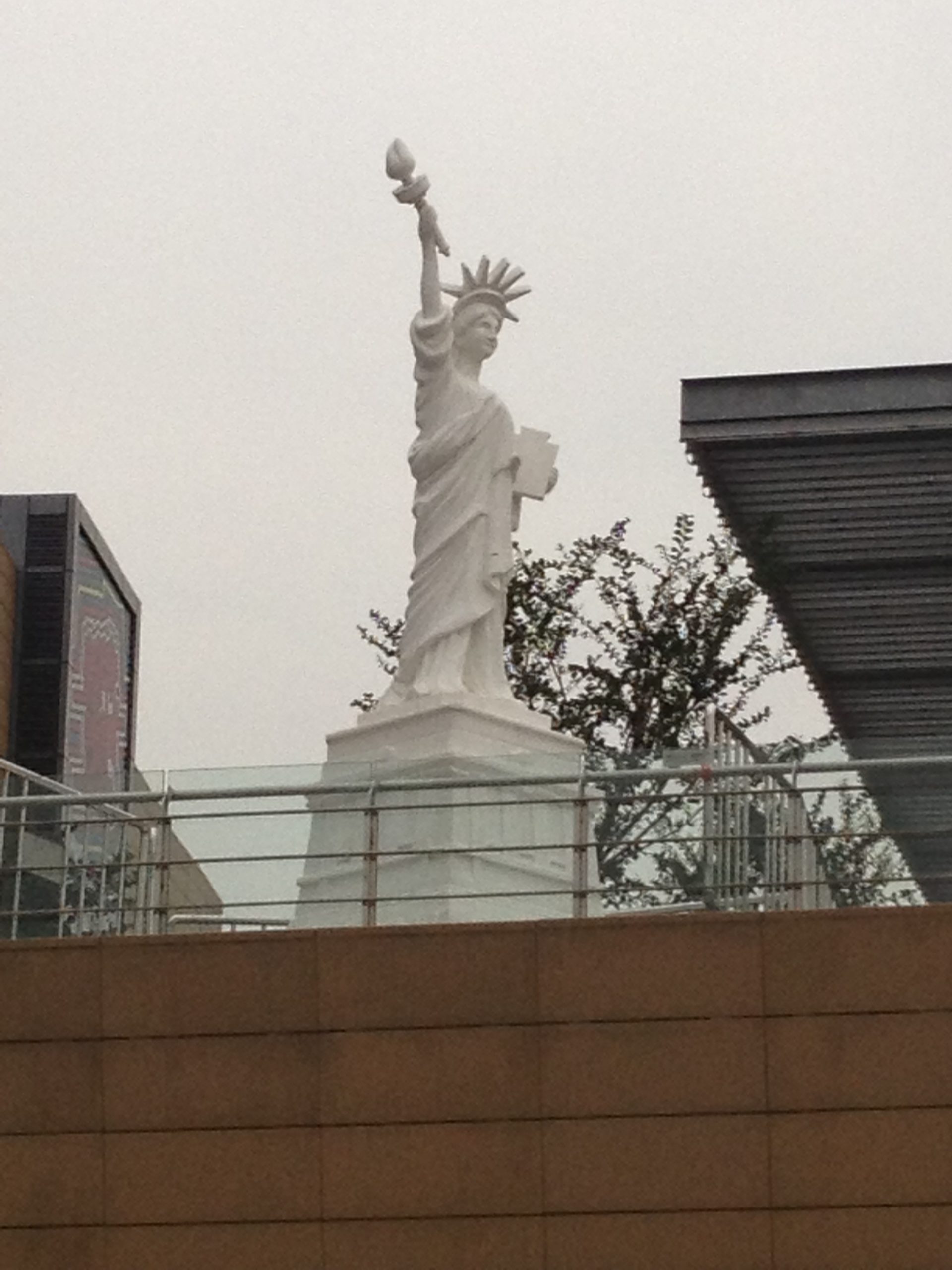
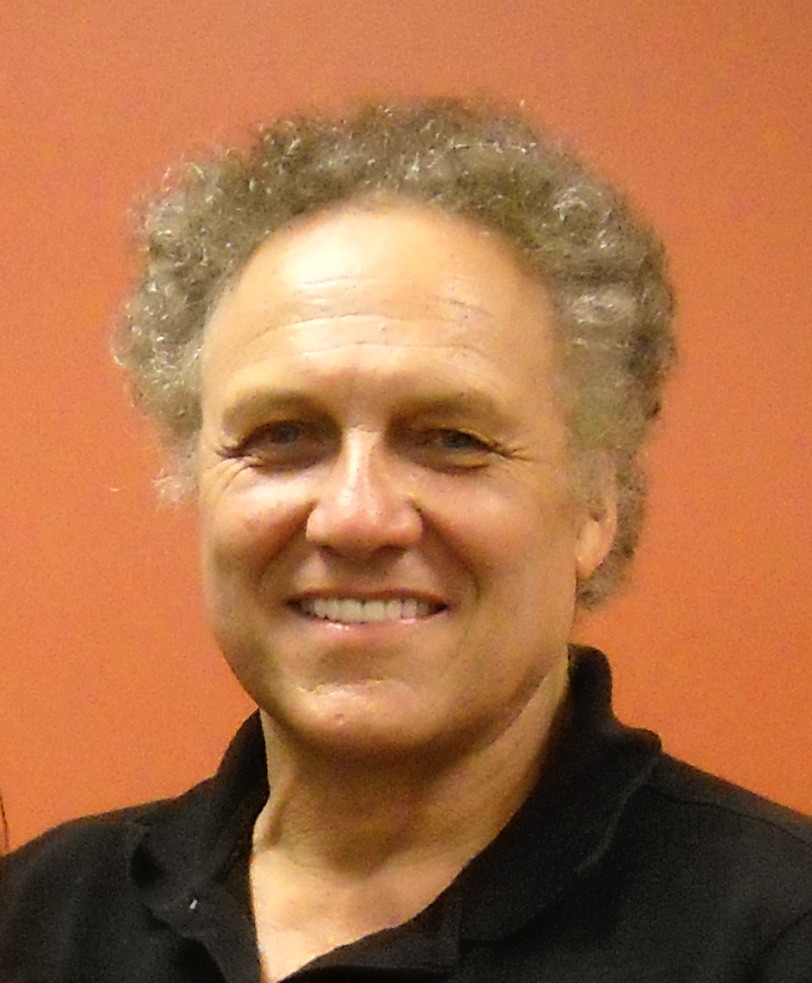
A Note on City Size and Political Economy
Among the China superlatives that we have heard for the last two decades is the fantastic growth in city size – Pudong in Shanghai from fishing and farming villages to the world’s most recognizable skyline; similarly for Shenzhen, Guangdong, and literally dozens of places most of us have never heard of.
Source: Lujiazui 2016.jpg
The US has ten or eleven cities now with a population of at least one million; China has scores, and many of them growing from seemingly nothing. China has about four times the population of the US, but far more than four times the number of larger-than-1,000,000 population cities – by 2018, well over a hundred. 100 cities bigger than Liverpool. What gives? We think we understand the concept of growing economies, and the concept of city growth; but how can these superlatives be so? A couple of ideas, and some clarification on terms –
1. urbanization is not only a global phenomenon, it is a modern economy phenomenon – farm-to-factory increased densities of cities a great deal in the Industrial Revolution, but the modern service-oriented economy demands (and allows for) even much greater densities of people, and, moreover, pulls people into the biggest and most diverse cities at a higher rate than in past decades. There are scale effects – the biggest and most successful tend to get even bigger. (We will ignore the ancient forces that created megacities of a thousand or two thousand years ago – Kaifeng (largest city in the world early in the Song Dynasty, with a population of about 600,000) and Hangzhou, the largest city in the world in the late Song and Yuan dynasties, and into the early Ming, and Rome, about a million population until the collapse; and after the collapse of Rome, no place in western or northern Europe until London, about 1700)
List of Cities in China List of Largest European Cities in History
There was a time in China when manufacturing was conducted each within its own walled danwei, and inside the urban area. Each danwei had its own housing, entertainment areas, and shopping. Each danwei was the Chinese version of Pullman, the ideal city created by George Pullman in the 1880s) Pullman, Chicago This was the Maoist era when land had no value. In the opening and reform under Deng, land began to have realizable value. In the last three decades, Chinese local governments have undertaken policies to encourage or force manufacturing to relocate to the outskirts, opening large swaths of urban land to development of housing and offices and shopping. This is American suburbanization of industry conducted at pace and at a time when necessary manufacturing access to river transport had long past. So, a frenzied catching up. Think of the demand for oil, before and after invention of the internal combustion engine. The oil just laid around for millions of years, before it suddenly achieved value.
2. government fiscal policy matters – After Mao, Chinese cities became the focus of development. “If we want development, we want cities to grow.” China supported cities and helped them grow. “Stadtluft macht frei,” the old saying about the medieval urban place, that “city air makes one free,” was true in China in both senses – that of opportunity for the individual and relative independence of the place from domineering control by a greater unit of government. In the US, cities were strangled by federal policy, administrative law, and political fragmentation. The strangulation continues today – Chinese laugh at our inability to build tunnels under the Hudson, fix subways or airports, or let cities grow. Among cities in China, as in the US, there is the rough and tumble of leader and administrative negotiation over infrastructure expansion and competition for location of business and facilities. A difference is that in China, there is always a leader with enough power to say yes, and then all the pieces fall into place, and development can happen. In the US, with heavily fragmented political power buttressed by rule of law, everyone has the power to say “no,” and no one has the power to say “yes,” and force implementation. Delay is built in to American growth in a way that does not exist in China. The political fragmentation that starves American cities in favor of its suburbs doesn’t exist when the political boundaries of cities in China are so much greater than boundaries in America.
3. definitions matter – This is the most important distinction between American and Chinese cities for understanding the proliferation of huge Chinese cities. Briefly, counties in the US are generally larger than cities, and counties are contiguous across the US – one moves from one county into another. In China, counties are subunits of cities and cities are contiguous – one moves from Hangzhou (city) to Jiaxing (city). In the US, cities are generally quite small – Chicago is only 225 square miles (590 square kilometers) and New York is only 302 square miles (784 square kilometers). The surrounding suburban area dwarfs central city area.
Every city in China has a substantial rural area – even Beijing and Shanghai. A city in China can have mountains and large lakes, in addition to farm land. As you know, there are no mountains or farmland in New York or Chicago. There are historical reasons for the large area of subprovincial and prefecture-level cities, but another reason for concentration of people and development is the historical government fear over food security. By law, and enforced pretty fiercely, each province must maintain at least 84% of its land in rural, or let us say, non-urban development land. This regulation is passed on to cities under the province’s jurisdiction. The Land Bureau in each city receives an allocation of land each year that can be converted to construction land; without the allocation from the central government and the province, no additional land conversion can take place. Some of you know about the truly enormous fill-in-the-ocean projects in some Chinese cities – Dongtou County in Wenzhou is one example, but there are others. This project calls for filling in hundreds of square miles of ocean, creating land for development. Why? Wenzhou is a fast growing city (despite the overbuilding of the last decade) and it is surrounded by hills and mountains that make expansion impossible. So, a solution- create more land.
With unitary government – all power derives from Beijing – it is feasible, and relatively common, for cities to merge and become one administrative place, and for formerly rural counties to become districts of cities. So areas of cities and population totals are a bit less reliable than those in the US, since change in areas and even definitions is more frequent. I encountered problems establishing a population for Hangzhou, a place I know pretty well. For example, Xiaoshan was a county-level city, an independent unit of government (sort of). In 2001, it became a district of Hangzhou, and Xiaoshan as a separate city disappeared. The population and the area of Hangzhou increased substantially. Similarly for the Yuhang district of Hangzhou – merged into Hangzhou in 2001, and Lin’an in 2017. Population and area can grow substantially just by administrative fiat.
4. comparing apples with apples – What makes sense from a political science or administrative perspective is to compare roughly similar sized areas. Hangzhou has a population of 8.7 million, about the same as New York, and three times that of Chicago. But Hangzhou is 16,847 square kilometers; New York is 784; Chicago is 590. What is roughly comparable in area with Hangzhou is the metropolitan planning area of Chicago, including seven or ten counties. The seven counties of northeastern Illinois still have some farmland, and are about 10,387 square kilometers – that is Chicago plus all the land around its satellite cities – Waukegan, Elgin, Aurora, Joliet, Gary. And still, Hangzhou is substantially larger, at 16,847 square kilometers. The population of that larger Chicago planning area is 9.5 million for the seven counties.
5. examples, using area and population –
Hangzhou is the capital of Zhejiang province, and one of the most economically developed cities in China. Dalian, in Liaoning province, is a rarity in China – a city that is better known than its provincial capital, Shenyang. Dalian, too, is a growing city. I pick these two places because I know them reasonably well, and they are certainly characteristic of the size relations in Chinese cities. See the table below. Data is from published sources, wiki and Chinese government estimates, but I make no claims to precision. The urban population of Hangzhou (means what?) is said to be about 5.6 million in the 2010 Census; Shenyang, about 5.7 million, Shanghai 20.2, and Dalian, 3.9. For “urban,” my own preference is to use the districts of a city, as inexact as that may be. Some comparisons –
Place Area, km2 Population, x 106 Population density, per km2
Liaoning Province 145,900 43.9 300
Zhejiang Province 101,800 55.6 550
Illinois State 150,000 12.8 89.4
New York State 141,300 19.9 159
Note that Liaoning and Zhejiang are of roughly similar size as the States of Illinois and New York. Here you see the roughly 4x greater population in China. Zhejiang has significantly larger GDP than Liaoning; New York, more than Illinois
Shenyang 12,980 8.3 (2010) 640
– urban districts 571 3.8 6,655
Shenyang
Dalian 13,237 6.7 (2010) 532
– urban districts 550 2.1 (2015 est.) 7,721
Dalian
Hangzhou 16,847 9.4 (2017 estimate) 570
– urban districts 706 3.7 5,240
Hangzhou
List of Cities in China by Population and Built-up Area
Shanghai 6,341 24.0 (2017 est.) 3,800
Shanghai
note – these data define Shanghai as only urban, which is not the case from casual observation. Better data would show Shanghai urban area as much more dense than indicated above.
New York 784 8.7 10,400
Shanghai is close to twenty times the size of New York City in area, with about three times the population.
Cook County 4,230 5.2 2,129
City of Chicago 590 2.7 4,594
Chicago planning area 10,387 9.5 seven counties
The “urban districts” of Hangzhou are reported at 706 km2, and 3.7 million people. I know the Yuhang district quite well, and that is not included in the urban district data. Yuhang is now quite densely built-up suburban, with the main offices for Alibaba and many other companies, and thousands of new apartments. So, as always, data is only … data.
But one can see that the urban and suburban part of Hangzhou (districts) is much closer to the size of Chicago, and much closer in population. The population densities of the urban districts of Shenyang, Dalian, Hangzhou, and even Shanghai are reasonably close to those for New York and Chicago. Again, some liberal allowances are needed for interpretation of the data.
6. for decades, political career advancement was partly determined by GDP advancement – Chinese have always valued cities as seats of power, in a way that Americans have not. Without exception – I think – the provincial capital is the largest city by population in any province. Political power is united with economic power. Compare with American state capitals. After Deng, and opening up, the advancement of political careers depended in part upon achieving a target rate of GDP growth in the province, city, county, or district. In addition to feeling modern economic pressures, leaders in China competed to grow their own economies, and growth was most easily defined by real estate growth. So, the pressures to urbanize in a country with no history of suburban trains-to-downtown to permit office sector workers to live far from their jobs. Concentration was important for GDP growth as well as for satisfying the needs of a modern economy. (Don’t get me started on short term v long term GDP growth, or the impact of excessive bad debts. Careers are made or lost in five years).
7. GDP growth is easy when you have determined goals and the power to achieve them – as a last note, I want to point out that the development goals in American urban planning and Chinese urban planning were at one point broadly similar – to provide for more people, more GDP generated, more taxes paid locally. There have always been local exceptions, and quality of life is more of a concern in planning now in the US than was the case thirty or forty years ago, and certainly more of a concern than is currently the case in China. But let me leave you with an understanding of how easy it can be to achieve GDP growth, if one has the power to control land and location of people and businesses and the growth goal is quantifiable.
As you might know, the National Development and Reform Commission, the economic planning arm of the central government, establishes a target GDP growth for each year in the Five Year Plan. Five Year Plans That national growth rate is then allocated, with some give and take, to individual provinces, and from provinces to cities. A mayor of a city understands what his targets are, and he has five years in which to perform, at which time he is judged on performance and suitability for advancement in governance.
With a target of X% growth per year, how can one accomplish such a task? Quite simple, really. Every piece of the built environment – housing, offices, factories, subways, expressways, universities, hospitals, airports, ports, even recreational facilities – has some estimated cost of construction. While urban planning in China can be quite detailed and sophisticated, planning and implementation are distinct. If one needs to achieve Y billions of yuan in growth, representing X% GDP growth, all one need do is add up the potential projects, create some new projects if needed, and get started on building. Not so hard when you control all the land, the developers and contractors and lenders are mostly state owned businesses with goals similar to your own, and there is little to no power to oppose what is decreed. Lead, follow, or get out of the way is a known sentiment in China.
If you have made it to the end of this piece, I hope you have the idea that while China is densely populated, the densities are not so far from those in normal urban areas in the US. Much of the city growth in China in the last three decades is the result of policies to encourage urbanization, city consolidation, and the ability of governments to focus development in ways absolutely unavailable in the US. Nothing mysterious here – just a different set of policies and priorities. I tell my Chinese friends that Hangzhou is like Chicago; and Shanghai is like New York, except that there are more Chinese in New York. Always good for a laugh.